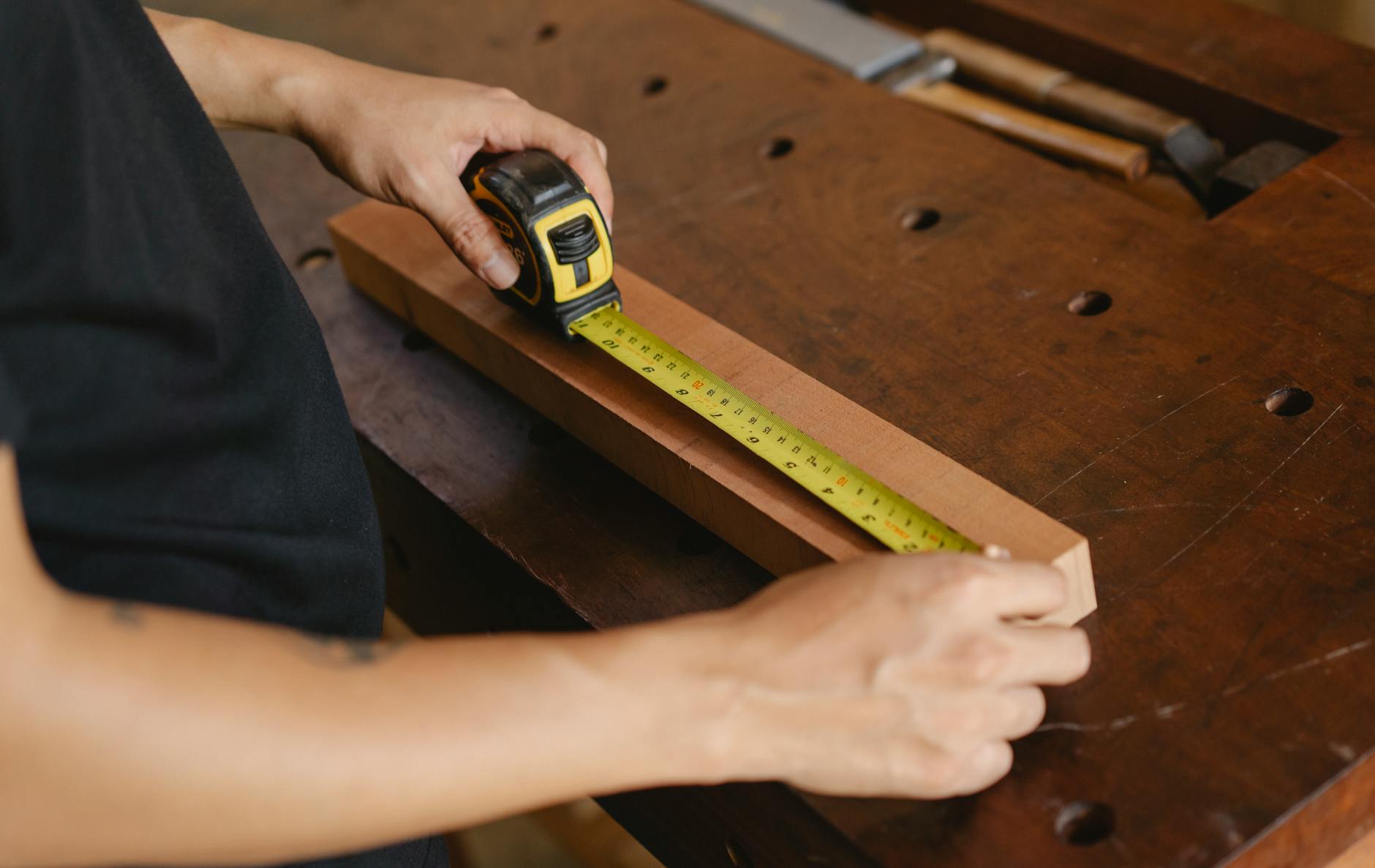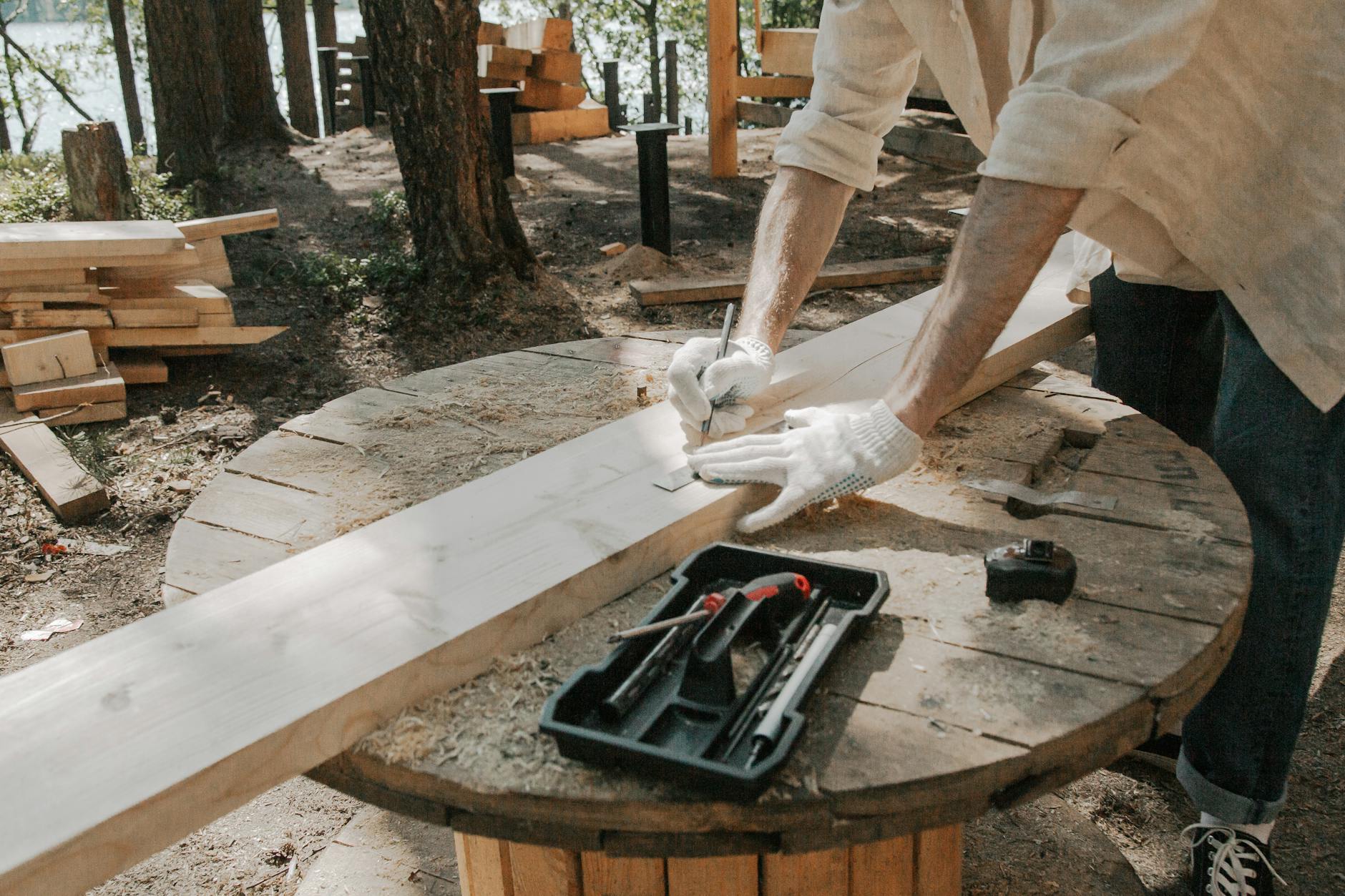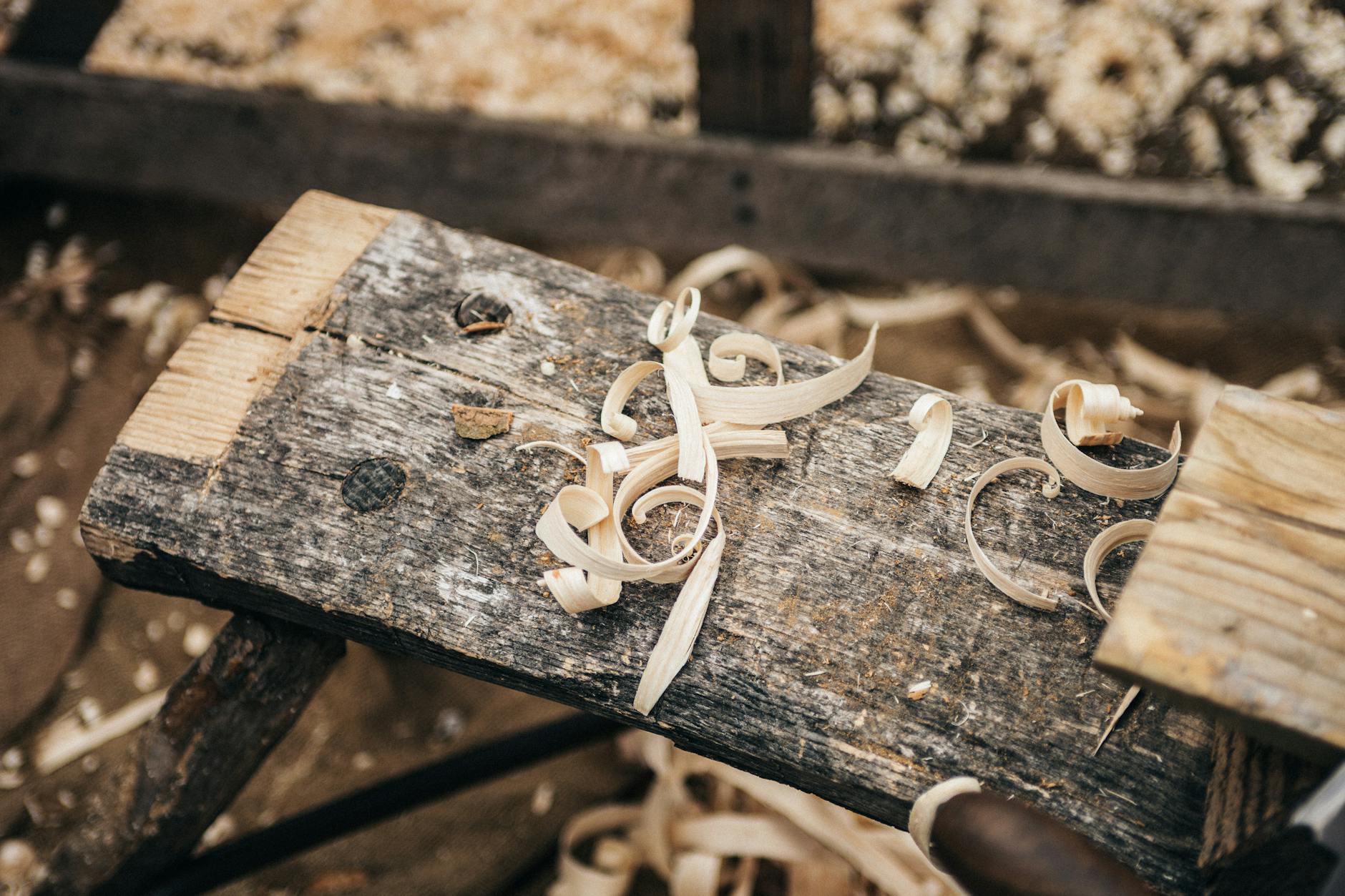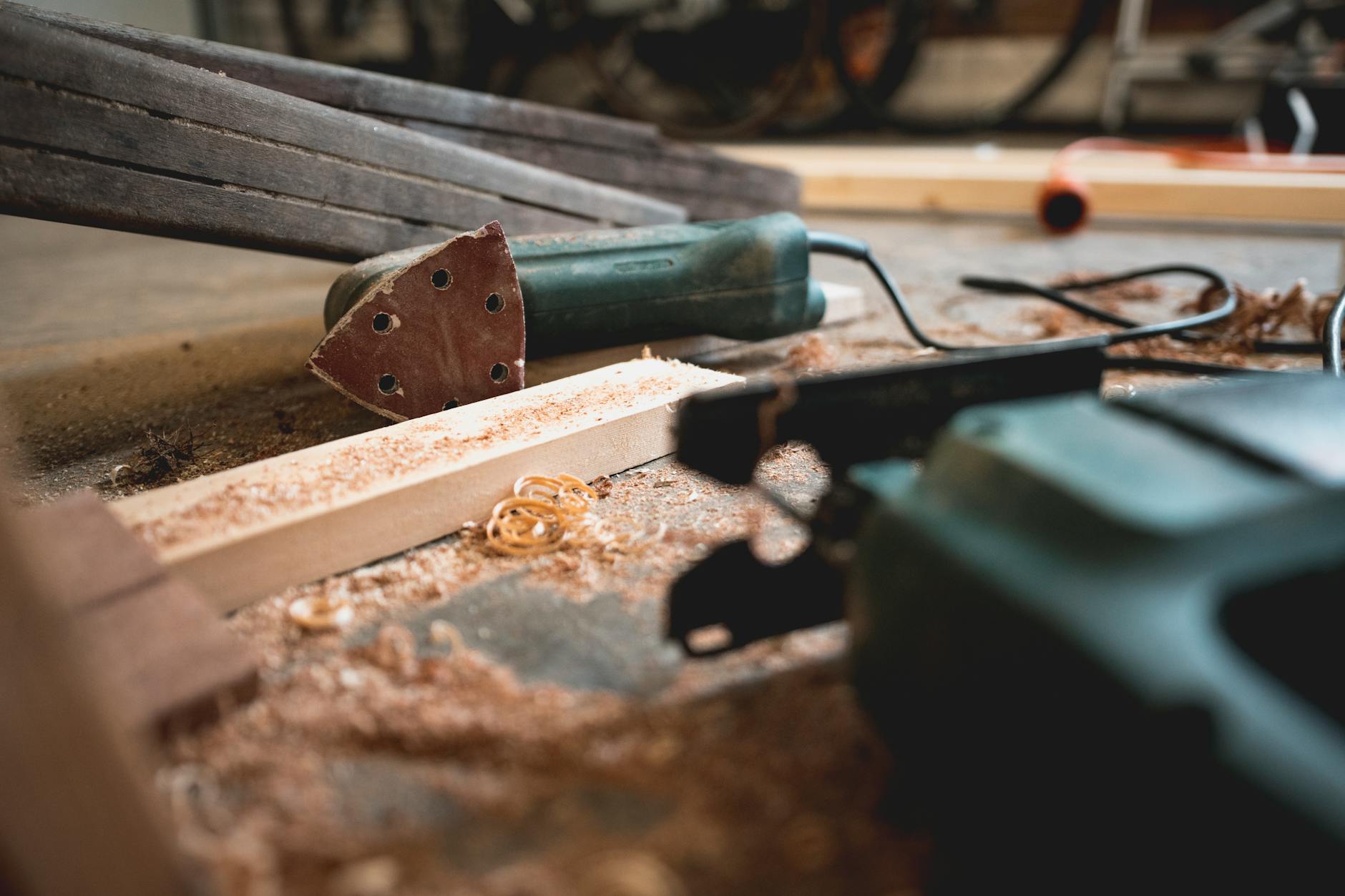Board foot calculators are a game-changer for woodworking enthusiasts, offering a streamlined approach to estimating lumber quantities and costs. Have you ever found yourself knee-deep in a woodworking project, uncertain about the amount of lumber needed or the total expenses involved? Enter the board foot calculator – your new best friend in the workshop.
Picture this: You’re planning a custom furniture piece and need a precise estimate of the lumber required. This is where the board foot calculator swoops in, saving you time and effort by simplifying the complex task of calculating board feet. With just a few clicks, you can input dimensions and wood species to receive accurate measurements, empowering you to make informed decisions and optimize resource utilization.
Gone are the days of manual calculations and guesswork. The board foot calculator not only enhances efficiency but also ensures cost-effectiveness by helping you avoid overordering or underestimating materials. Whether you’re a seasoned woodworker or a DIY novice, this tool demystifies the process, making woodworking projects more accessible and enjoyable. Get ready to elevate your craft with the board foot calculator at your fingertips.
Understanding Board Foot Measurement
In the realm of lumber measurement, the term “board foot” plays a significant role in simplifying the process of determining the volume of wood.
Definition of Board Foot
A board foot is a unit of measurement that represents a piece of wood 1 foot long, 1 foot wide, and 1 inch thick. This measurement simplifies the calculation of the volume of lumber, helping both professionals and DIYers accurately estimate the amount of wood needed for their projects. Instead of relying on traditional linear measurements that often leave room for error, the board foot measurement provides a clear and standardized way to gauge the quantity of lumber required.
Importance of Board Foot Measurement
Utilizing board feet as the unit of measurement for lumber offers several advantages over conventional linear measurements. By adopting board feet, individuals can precisely calculate the volume of wood needed for a project, leading to more accurate cost estimations and reduced material waste. This standardized measurement method not only simplifies the planning process but also ensures consistency in determining lumber quantities, promoting efficiency and cost-effectiveness in woodworking ventures.
 Photo by Ono Kosuki
Photo by Ono Kosuki
Calculating Board Foot
Let’s delve into the world of board feet calculations, crucial knowledge for any woodworking enthusiast. Here’s how you can accurately determine the board feet you need for your next project.
How to Calculate Board Foot in Lumber
To calculate board feet in lumber, you can use this simple formula: Length (feet) x Width (inches) x Thickness (inches) / 12. This formula accounts for the standard thickness of lumber being 1 inch. For example, if you have a piece of lumber that is 4 feet long, 6 inches wide, and 2 inches thick, the calculation would be: 4 x 6 x 2 / 12 = 4 board feet.
Calculating Board Foot in Logs and Trees
When dealing with logs and trees for woodworking projects, additional considerations come into play. You’ll need to assess the log’s diameter, length, and any tapering. To calculate board feet from logs, measure the diameter at both ends, average them, and apply the Doyle Scale or Scribner Scale formula depending on your preference.
 Photo by Ron Lach
Photo by Ron Lach
Determining Board Foot Needed for a Project
Estimating the required board feet for a woodworking project ensures efficient material purchases. Start by creating a detailed list of all the components and their dimensions. Calculate the board feet for each part using the methods mentioned earlier and sum them up to get the total board feet needed for your project.
Let’s master the art of board feet calculations to enhance our woodworking skills and bring our projects to life with precision and efficiency.
Using a Board Foot Calculator
Woodworking projects often require precise measurements and calculations to ensure you have the right amount of lumber. A board foot calculator is a handy tool that simplifies these tasks, making it easier for woodworkers to estimate the volume of lumber needed and its associated costs.
What is a Board Foot Calculator?
A board foot calculator is a tool used by woodworkers to determine the volume of lumber in a board. It considers the thickness, width, and length of the wood to calculate the total board footage. This calculation is essential for estimating materials accurately, especially when working on projects that require specific quantities of lumber.
 Photo by Clem Onojeghuo
Photo by Clem Onojeghuo
How to Use a Board Foot Calculator
Using a board foot calculator is straightforward. You input the dimensions of the lumber – thickness, width, and length – and the calculator will output the total board footage. This information is valuable when purchasing wood as it helps you buy the correct amount for your project and prevents wastage.
By leveraging a board foot calculator, woodworkers can accurately estimate the amount of lumber needed, calculate costs, and streamline the planning process for their woodworking projects.
Estimating Costs with Board Foot Calculator
Woodworking projects often require an accurate estimation of costs to stay within budget. Using a board foot calculator can be a game-changer in this aspect. Let’s dive into how you can utilize this tool to estimate costs effectively.
Calculating Price Per Board Foot
Determining the price per board foot is crucial in woodworking budgeting. This value helps you understand the cost efficiency of different wood types and sizes, allowing you to make informed decisions to optimize your woodworking expenses.
To calculate the price per board foot, simply divide the total cost of a piece of lumber by the total board feet in that piece. This calculation ensures that you are paying a fair price based on the volume of wood you receive. Understanding this metric empowers you to compare the value of different wood options accurately.
 Photo by Lum3n
Photo by Lum3n
Calculating Total Project Cost
To determine the total cost of a woodworking project, you need to consider both the price per board foot and the total board feet required for your project. Multiply the price per board foot by the total board feet needed to acquire the overall project cost. This calculation provides a clear picture of the expenses involved in bringing your woodworking vision to life.
By using a board foot calculator to estimate the total project cost accurately, you can budget efficiently, avoid financial surprises, and ensure that your woodworking endeavors remain cost-effective and sustainable.
Mastering Board Foot Calculations
Would you like to level up your woodworking projects by mastering board foot calculations? Avoiding common mistakes and harnessing the advanced applications of board foot calculators can make your woodworking endeavors smoother and more precise.
Common Mistakes to Avoid in Board Foot Calculations
 Photo by Thijs van der Weide
Photo by Thijs van der Weide
When it comes to board foot calculations, precision is key. Common mistakes like miscounting the number of boards or incorrect measurements can lead to inaccurate estimations. To avoid errors, always double-check your measurements, ensure consistency in units, and pay attention to detail. By being meticulous in your calculations, you can achieve precise estimations for your woodworking projects.
Advanced Applications of Board Foot Calculators
Have you explored the advanced features of board foot calculators for your woodworking tasks? These tools go beyond basic calculations, offering functions for complex woodworking projects and custom designs. From factoring in wood thickness variations to calculating waste percentages accurately, advanced board foot calculators can streamline your planning process. By leveraging these features, you can execute intricate woodworking tasks with efficiency and accuracy.
Utilizing board foot calculators to their full potential can transform the way you approach woodworking projects, enabling you to tackle challenges with confidence and precision.
Conclusion
In conclusion, integrating a board foot calculator into your woodworking practices can truly revolutionize the way you approach your craft. By using this tool, you can achieve enhanced precision in your measurements, leading to more accurate cuts and minimize material waste. Additionally, embracing the board foot calculator can help you make more cost-effective decisions when purchasing lumber, ultimately saving you money in the long run. Don’t hesitate to incorporate this invaluable resource into your woodworking arsenal and unlock a whole new level of efficiency and accuracy in your projects. Happy woodworking!





Leave a Reply